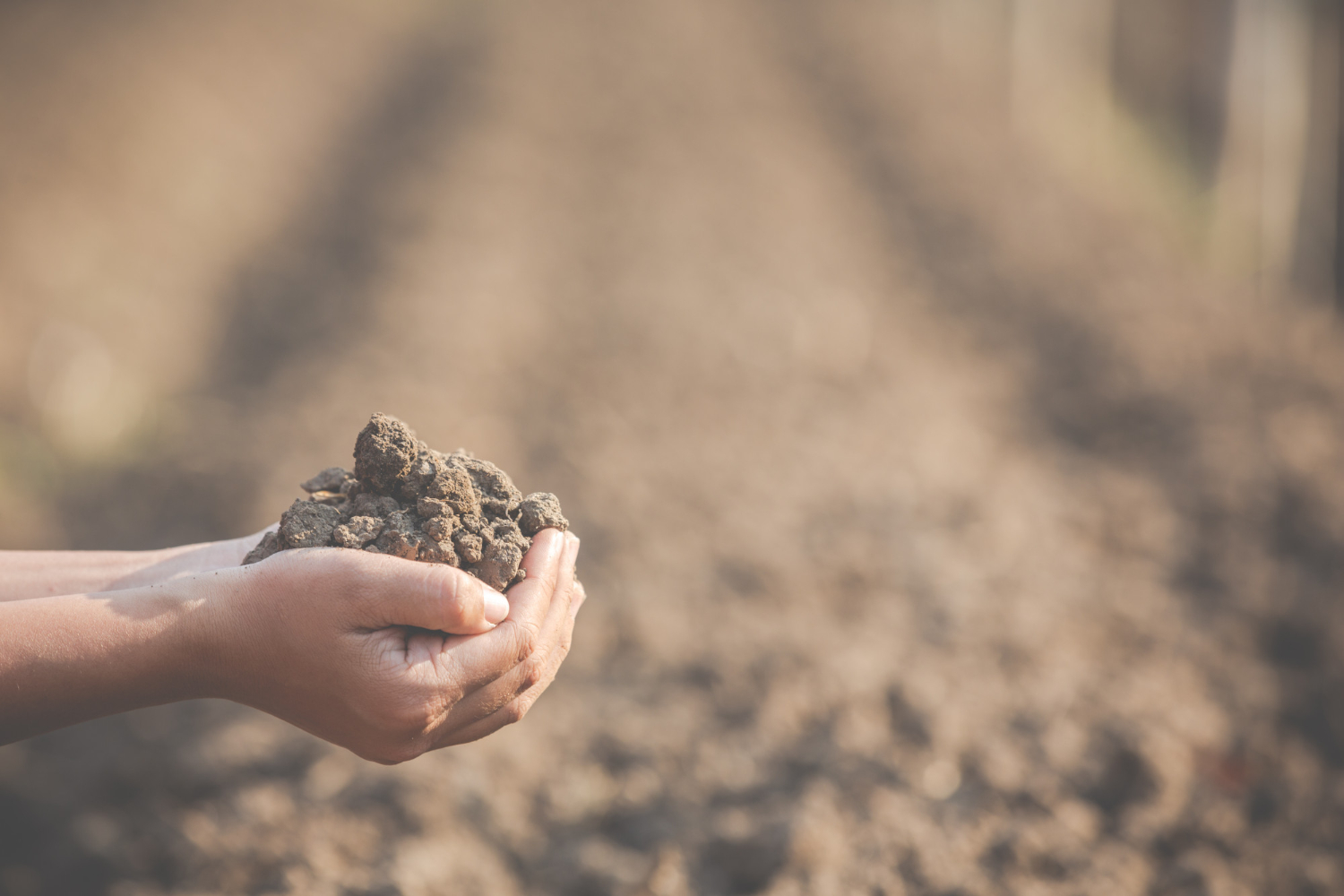When it comes to building strong and lasting structures, understanding the ground they stand on is essential. One of the biggest challenges in construction, especially in places like Texas, is tackling soils with high swell potentials. These soils can cause significant problems for developers, as they expand and contract with changing moisture levels. When the soil swells, it can lead to cracks in foundations and create uneven surfaces, impacting the integrity of buildings over time.
High swell potential soils are clay-heavy types that easily absorb water, causing them to expand unpredictably. For developers and homeowners, this behavior presents a unique set of challenges. Left unchecked, it may result in costly repairs and undermine the safety of a structure. Fortunately, innovative solutions are available that effectively manage these types of soils. By using advanced techniques, builders can now prevent such soil issues before they even begin to affect structures.
Identifying Problematic Soils
Recognizing high swell potential soils is the first step in addressing their challenges. These soils are characterized by their high clay content and ability to hold water. You might find them in regions prone to heavy rainfall or areas with drastic changes in weather conditions. In Texas, which has its own share of clay-rich soils, these issues are particularly relevant.
So, how can you spot a problem? There are a few signs to look out for:
– Cracking in the Soil: Large cracks may appear during dry spells as the soil contracts.
– Uneven Ground: If the ground suddenly seems uneven, it could be due to soil shifting beneath.
– Foundation Movement: Subtle shifts in a building’s foundation might indicate the soil underneath is expanding and contracting.
– Vegetation Gaps: Significant gaps around plants and trees can point to shrinking and swelling soils.
Understanding these signs is crucial for taking proactive measures. Sometimes, getting in touch with a professional for an evaluation can make a big difference in identifying early soil issues and implementing solutions to stop potential damage in its tracks.
Strategies to Manage High Swell Potentials
Addressing high swell potential soils requires an understanding of both their behavior and effective management strategies. Traditional methods like moisture conditioning or replacing problematic soil with select fill have been used for years, but they often come with drawbacks such as high costs and significant disruption to the construction site.
An effective alternative involves using an innovative ionic solution, designed specifically to target the challenges posed by high swell potential soils. This solution works by altering the polarity of clay particles in the soil. As a result, water molecules have a much harder time binding to these particles, which reduces the soil’s tendency to expand and contract. The process of injecting this solution involves a few clear steps:
1. Assessment: Begin by evaluating the soil type and its characteristics to determine the areas that will benefit the most from stabilization.
2. Preparation: Outline the specific areas for the injection process to ensure comprehensive coverage.
3. Injection: Introduce the solution uniformly across the site, targeting areas identified in the initial assessment phase.
These proactive measures can prevent structural issues before they arise, saving both time and future expenses.
Economic and Environmental Advantages
Besides the technical benefits, using proprietary ionic solutions for soil stabilization offers significant economic and environmental perks. Firstly, this method requires significantly fewer materials than traditional approaches, cutting down on material costs. The reduced need for extensive excavation and heavy machinery also translates to less labor and time on-site, leading to faster project timelines further trimming labor expenses.
From an environmental standpoint, the minimal amount of disruption to the construction site helps preserve the natural landscape. Emitting less machinery noise and disturbance, the process aligns well with eco-friendly construction practices, important for staying compliant with environmental regulations. Overall, the reduced use of heavy machinery can also help lower costs linked to environmental mitigation.
Real-World Applications and Success Stories
The tangible benefits of this soil stabilization method have been experienced by many developers and builders. Projects across various scales have employed this technology to prevent future soil-related complications effectively. For instance, developers constructing entire neighborhoods have embraced this solution to ensure uniform foundation stability across multiple homes.
Feedback from professionals in the field emphasizes the long-term value and reliability of this approach. Rather than dealing with potential post-construction surprises, builders appreciate the foresight and stability this system provides. Adopting these advanced solutions not only safeguards the current project but also simplifies planning for future developments by setting a dependable groundwork.
Making Informed Choices for Your Project
Understanding the nature of high swell potential soils and the solutions available can help you make better decisions for construction projects. With proven strategies at hand, it’s possible to sidestep the headaches that could arise from soil instability. Opting for the right approach not only ensures structural integrity but also contributes to a smoother, more efficient building process.
To make smart choices for your construction project and ensure lasting stability, explore how advanced ground stabilization methods can help manage soil challenges effectively.

